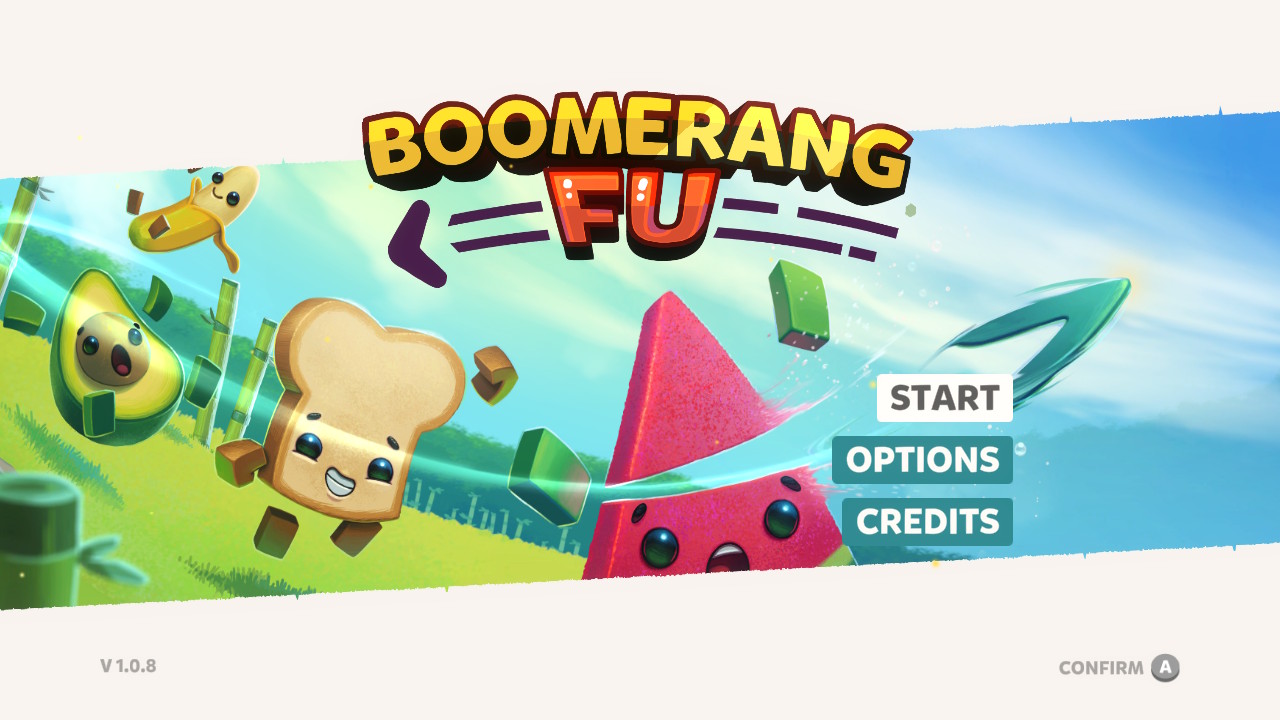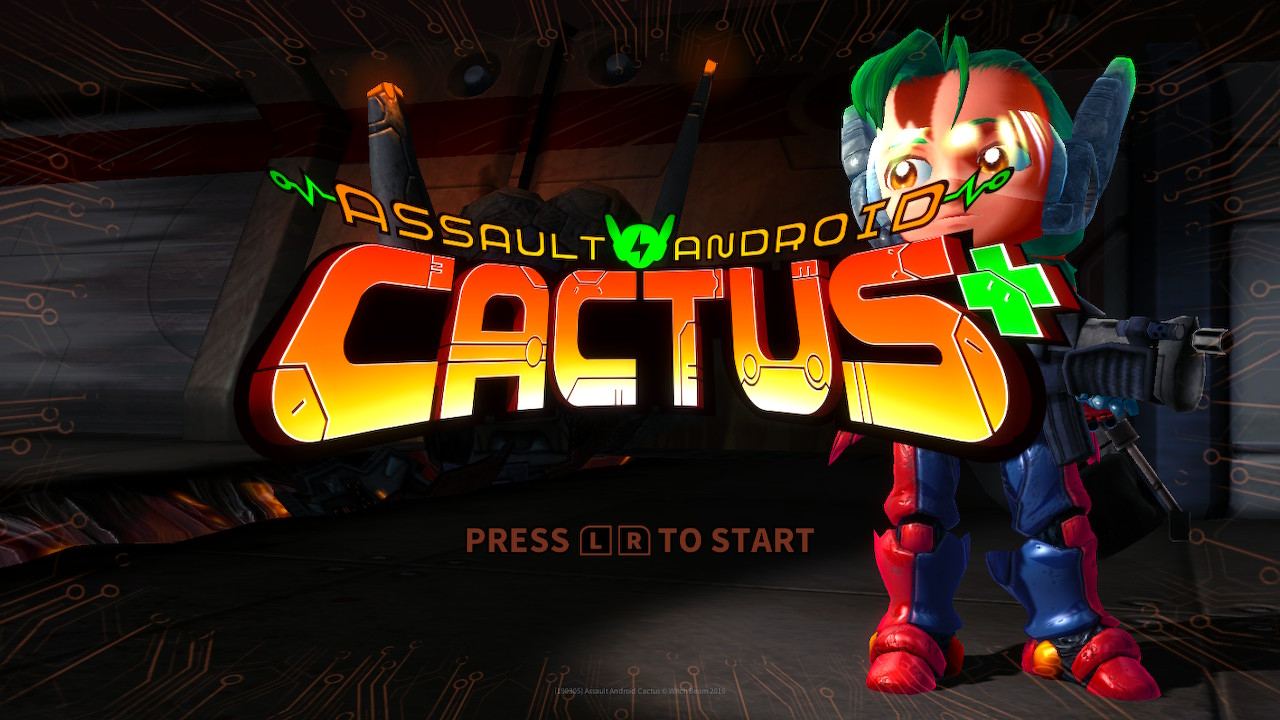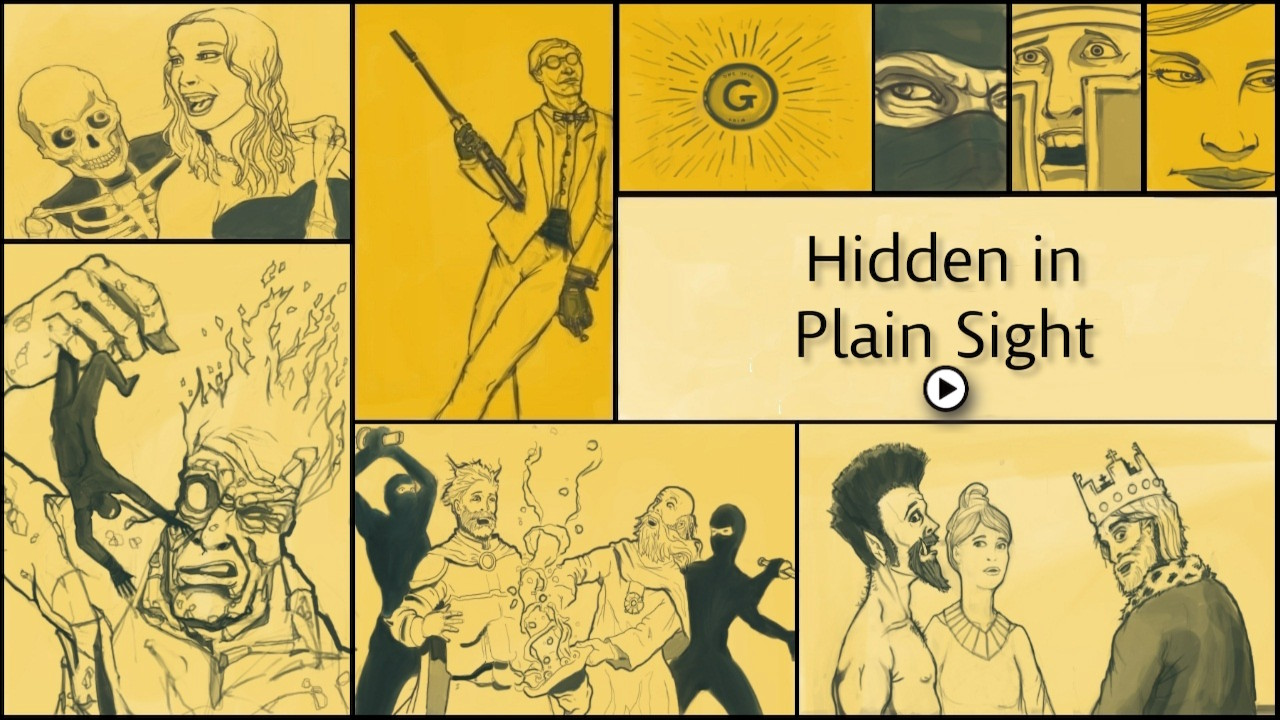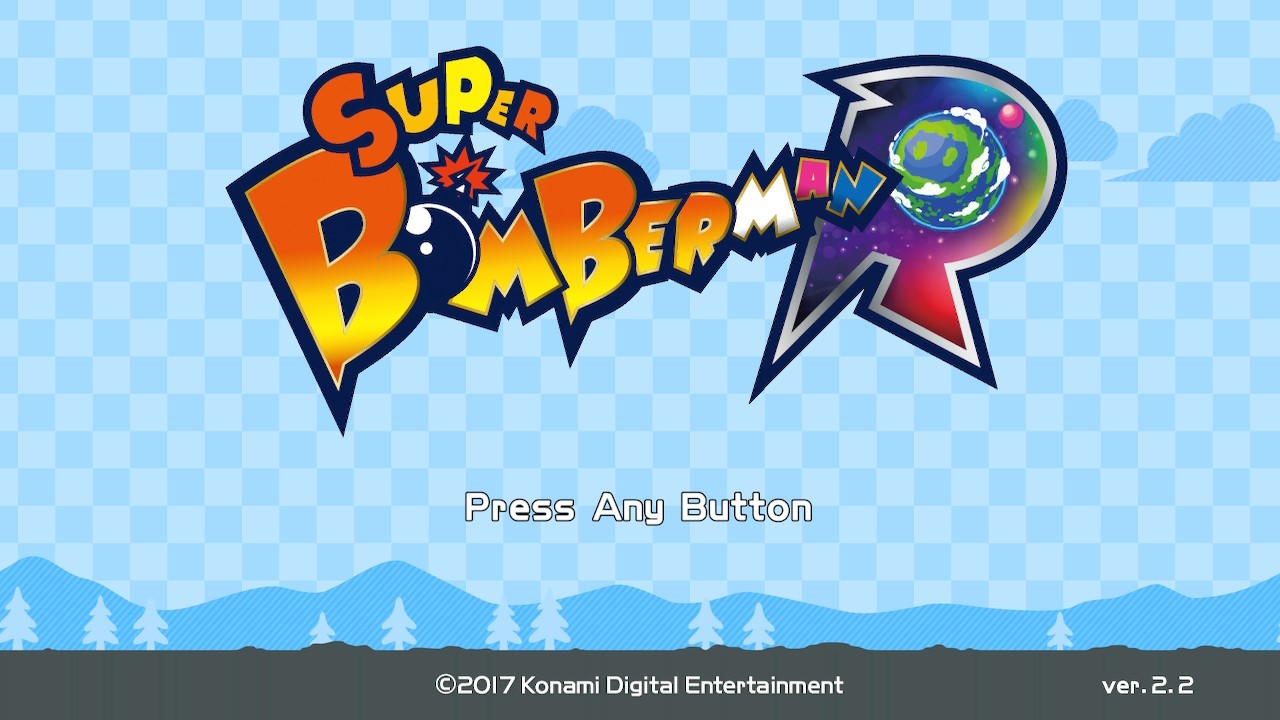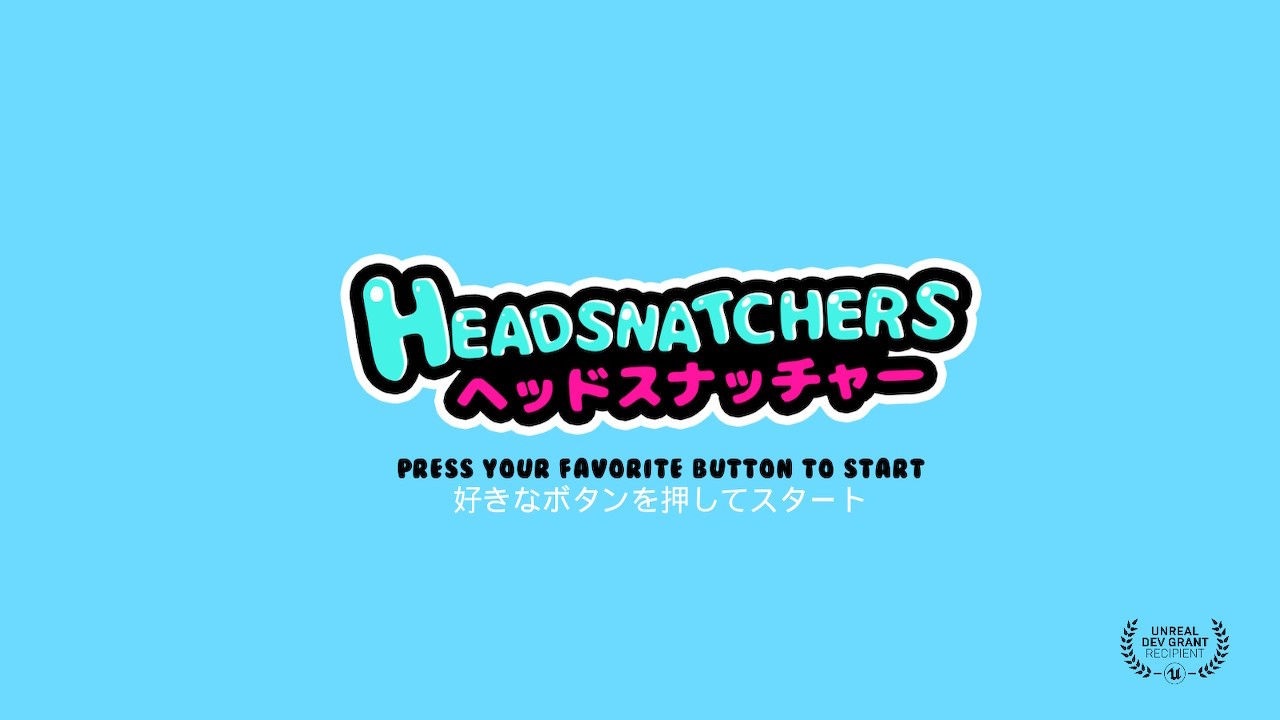Boomerangs don’t work. Contrary to how they’re seen in cartoons and video games, boomerangs don’t actually return to the thrower. They definitely don’t come back if they hit something. Like Australia, boomerangs are nothing but a conspiracy, a bunch of lies to sell misshapen pieces of wood to sheeple.
You want to try throwing a boomerang? Go for it. It’s not coming back, and neither is Timmy’s frontal lobe.
Boomerang Fu, consequently, is just one more cog in the conspiracy machine designed to inoculate the masses with misinformation. By combining boomerangs with Kung Fu—a very real form of martial arts first introduced in Kung Fu Panda—the developers have normalized the act of flinging banana-shaped sticks. The game does not shy away from violence; in fact, it rewards you for killing others. The formula manages to entertain, especially with a large number of people, but it invariably corrupts those who play, proving video games fuel aggressive tendencies.

What is it?
Boomerang Fu takes place in a post-apocalyptic world in which carrots, bananas, and other foods have mutated to gain sentience and pursue a singular purpose: to brutally maim each other with boomerangs. Combatants can hurl their boomerangs at each other or use them as crooked swords to bisect opponents up close. The jump can be used to dodge or kick enemies, dislodging their boomerangs. These killers even have psychic powers, allowing their boomerangs to home in on enemies or be pulled back from across the stage.
They’re deadly killing machines, and you control them. Power-ups further intensify the carnage by adding flaming boomerangs, exploding boomerangs, boomerangs which split into smaller boomerangs, and even a second boomerang. Combine these upgrades together, and you’ll understand why the Second Amendment does not protect your right to bear boomerangs. You can also trigger stage hazards to dispose of your enemies, mostly in the form of flicking switches to pulverize others between two stone slabs.
You seek to be Death incarnate, with a boomerang as your scythe. Each round features a new stage, and your task is to kill the most opponents. You can hold up to three power-ups at a time which carry between stages. If you comparatively suck, you’ll gain a shield at the start of the round. If you don’t suck, you’ll win. It’s that simple.

What’s good?
- You’d think such carnage would be too graphic to watch, but Boomerang Fu has packaged its propaganda in a pleasingly cutesy aesthetic. Stages are bright and colorful, and each boomerang has a trail of your color, making it easy to follow the action. Your playable characters come straight from the food pyramid, treating you to such personalities like a coked-up coffee mug, a rather phallic banana, and a less phallic eggplant. These characters respond to the action enthusiastically, and each has a unique death animation, often accompanied by their juices staining the floor. The developers wisely chose to go with these imaginary characters after playtesters responded negatively to the human prototypes.
- The gameplay is fast and fun with the help of its power-ups. Power-ups, in general, can determine who wins, so the mad scramble for them adds the needed chaos to each round. Power-ups can also be combined, whether they are helpful to you or deadly. When a boomerangs breaks up into multiple bombs, it does not care if you threw it. Other power-ups give you special powers, like the ability to dodge over obstacles or become a random object to blend in with your surroundings.
- Boomerang Fu hosts a wide variety of well-designed stages, each with a minor Chinese theme. Each stage benefits from a specific strategy, be it close-quarter combat, long-range boomerang duels, or stage hazard manipulation. As such, you’ll rarely have a game in which one player stomps over the rest, unless, of course, you’re going against an e-sports-level Boomerang Fu player. If you are, then your best strategy is to laugh at them because they’re an e-sports-level Boomerang Fu player.

What’s bad?
All of Boomerang Fu’s issues—apart from its flagrant violence—relate to its lack of content.
- You won’t find unlockable content or achievements to incentivize coming back after you’ve seen everything, which will take approximately 30 minutes. With no single-player mode, you can fight against bots or friends locally. If no single-player mode bothers you, remember that this is a multiplayer game meant to be played with others. After all, you can’t play catch with a boomerang by yourself.
- Even if you do have a gaggle of willing participants, Boomerang Fu’s gameplay isn’t complex enough to be fun for more than a game or two. The game wasn’t meant to replace Super Smash Bros. or even TowerFall. It’s meant to be a snack like Hidden in Plain Sight or Cake Bash. That said, there is this one guy who posted, “10 Advanced Strategies in Boomerang Fu for Nintendo Switch,” if you’re really desperate to crap all over your competition and be that one player we’re all laughing at.
- There’s not much to customize in regards to matches. You have three modes: free-for-all (scored by most kills or last one standing), team deathmatch, and “Golden Boomerang” (which plays like a game of keep-away). You have a collection of modifiers—such as an option to choose which items appear in your matches—but certain features are bizarrely absent. You can’t choose which stages to include or exclude, and you can’t alter how many kills/rounds you need to win. You can alter the “match length,” but it doesn’t seem to affect the actual game length, or its change is so negligible I didn’t notice it.

What’s the verdict?
Just like how Splatoon 2 managed to make paint-related squid deaths into an entertaining online competition, Boomerang Fu has translated boomerang gore into goofy couch multiplayer. It’s simple, quick, chaotic, and fun: all the features you want for a party game. However, both the boomerang and Boomerang Fu struggle with longevity, with the fun petering out after a few hours. If you’re familiar with the likes of a Gummy’s Life, Treadnauts, and all of their short-lived brethren, you know what you’re in for. It’d be great if all these games could be bundled into one big party pack, but that’s a rant for another time.
Arbitrary Statistics:
- Score: 7
- Time Played: Over two hours
- Number of Players: 1-6
- Games Like It on Switch: Rocket Fist, Stikbold! A Dodgeball Adventure Deluxe

